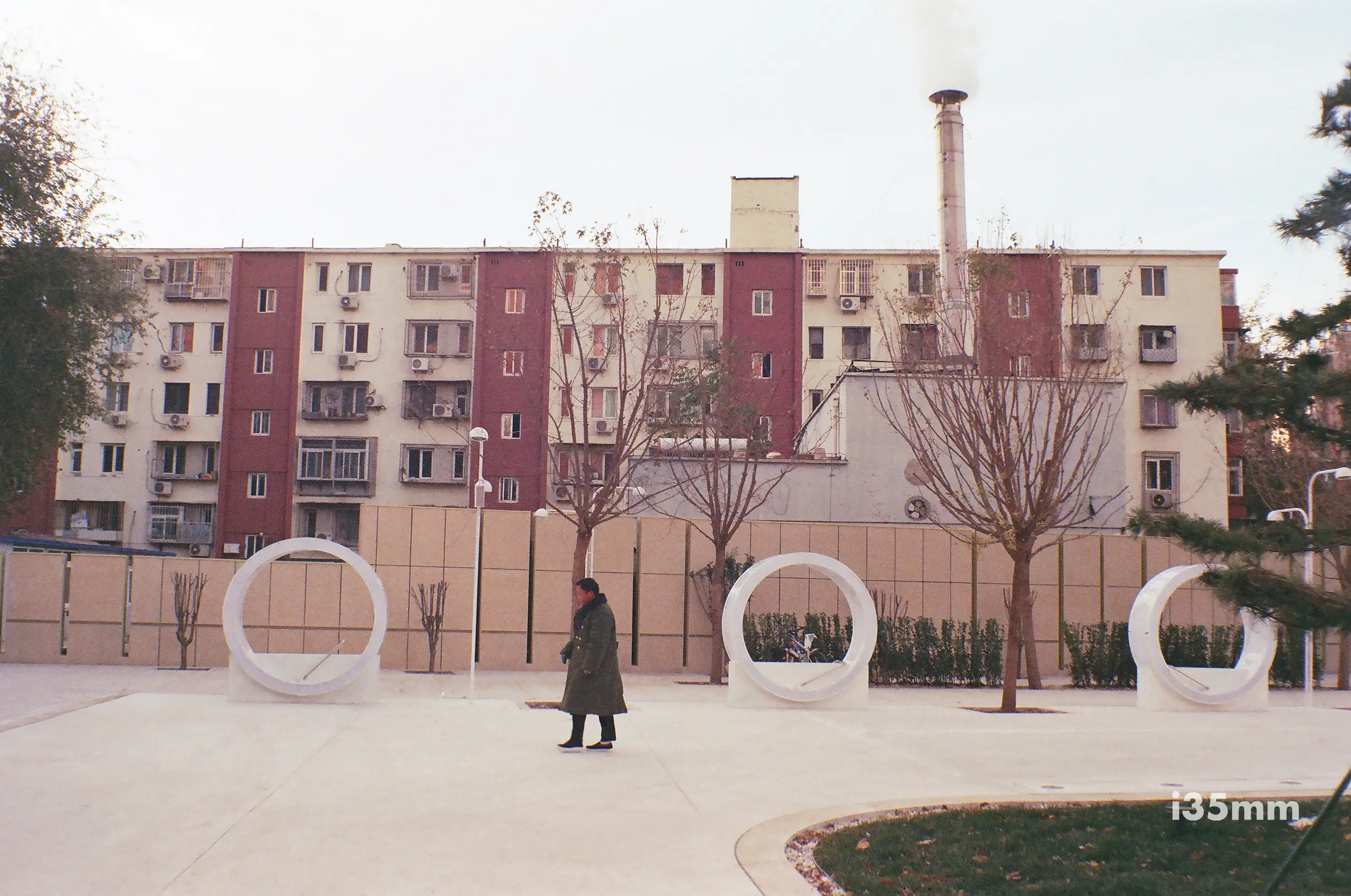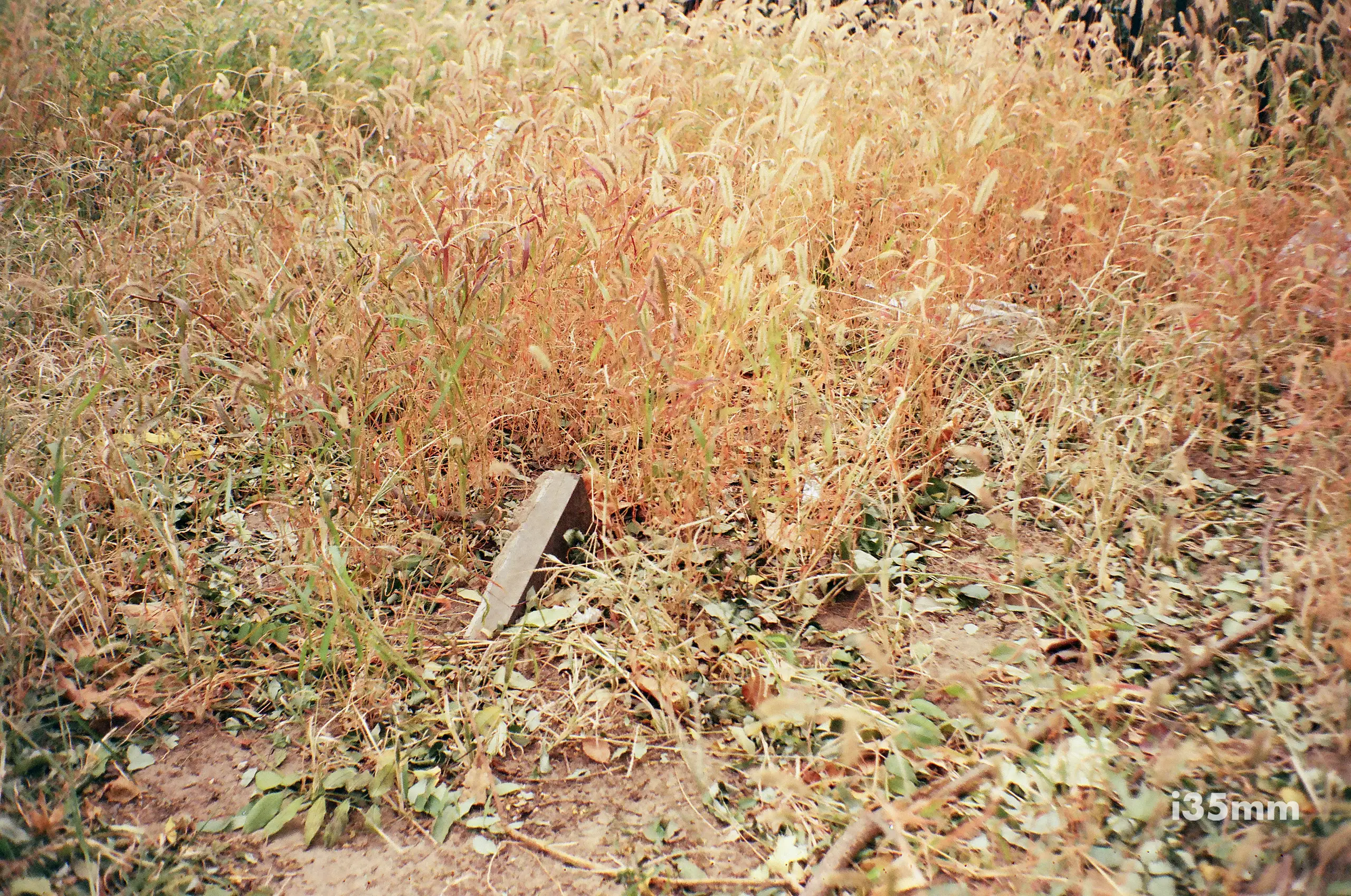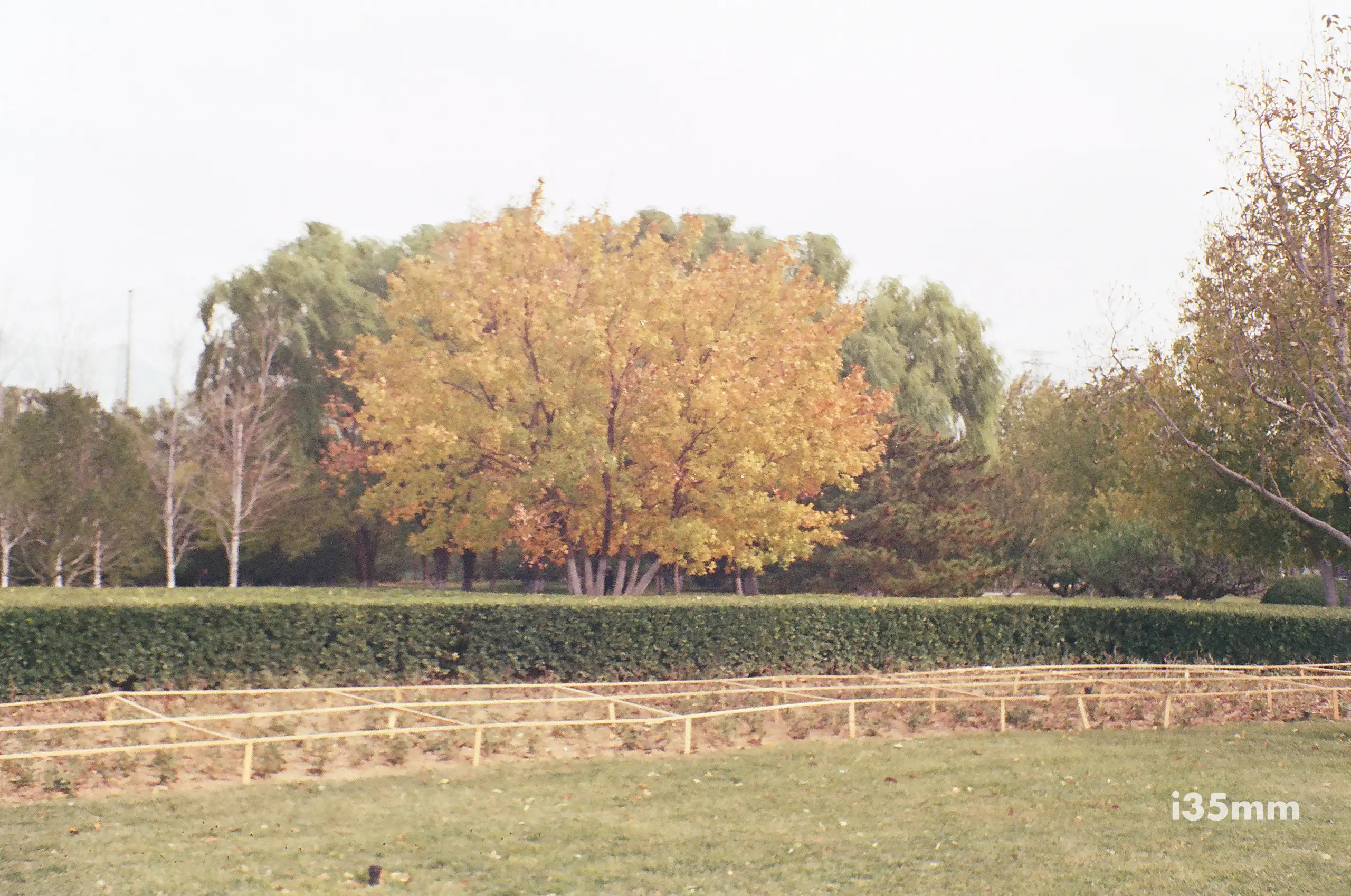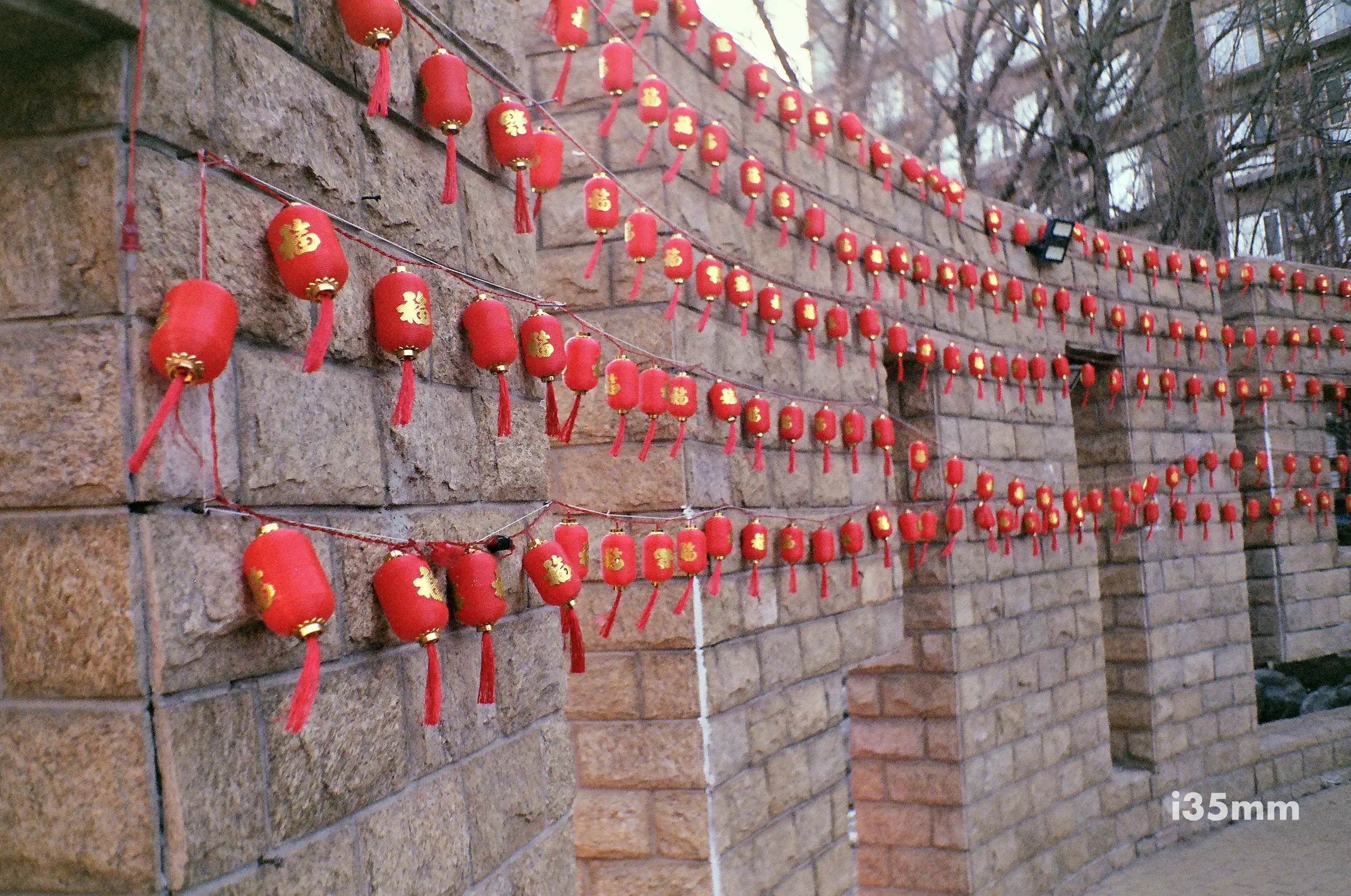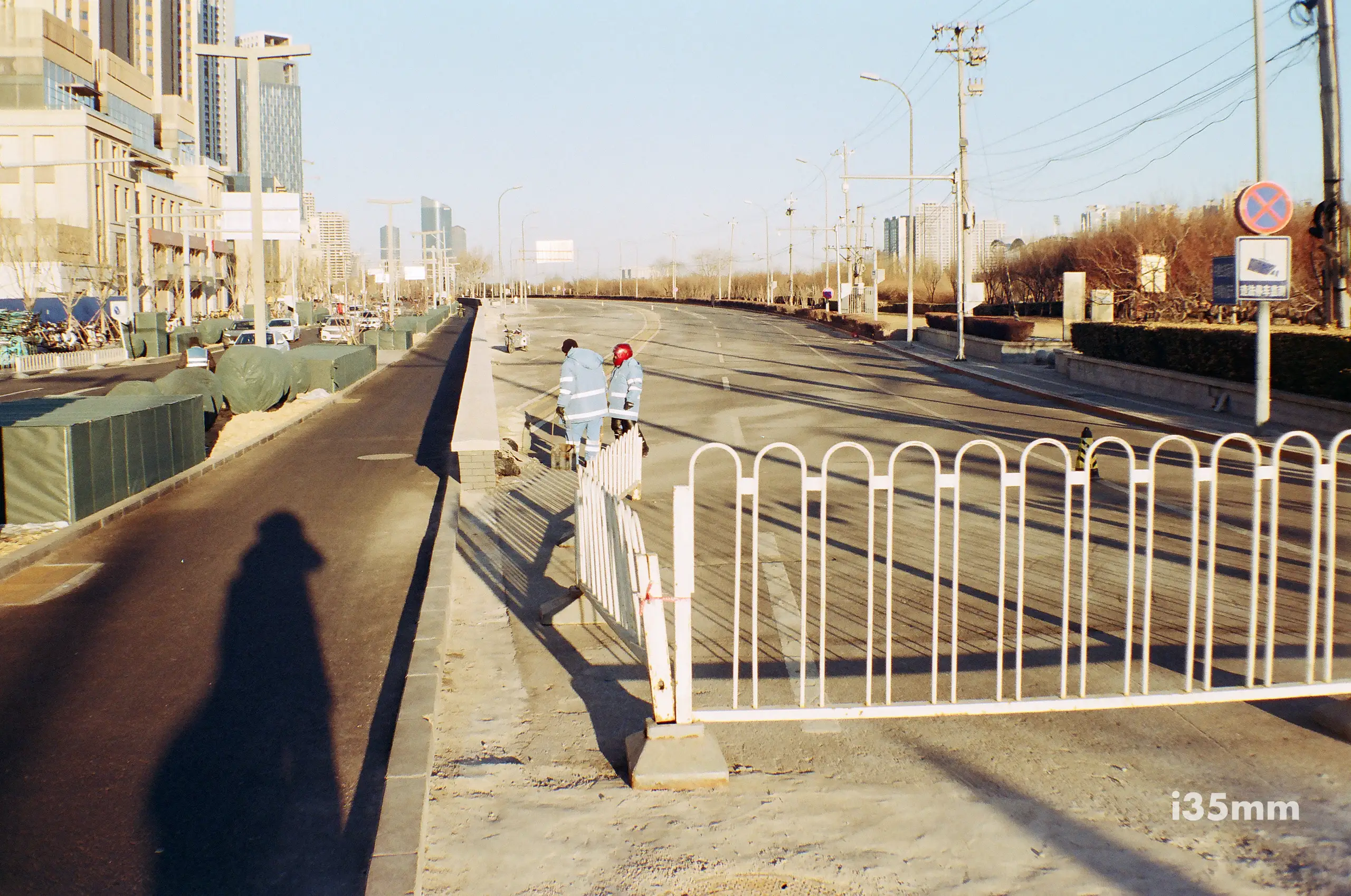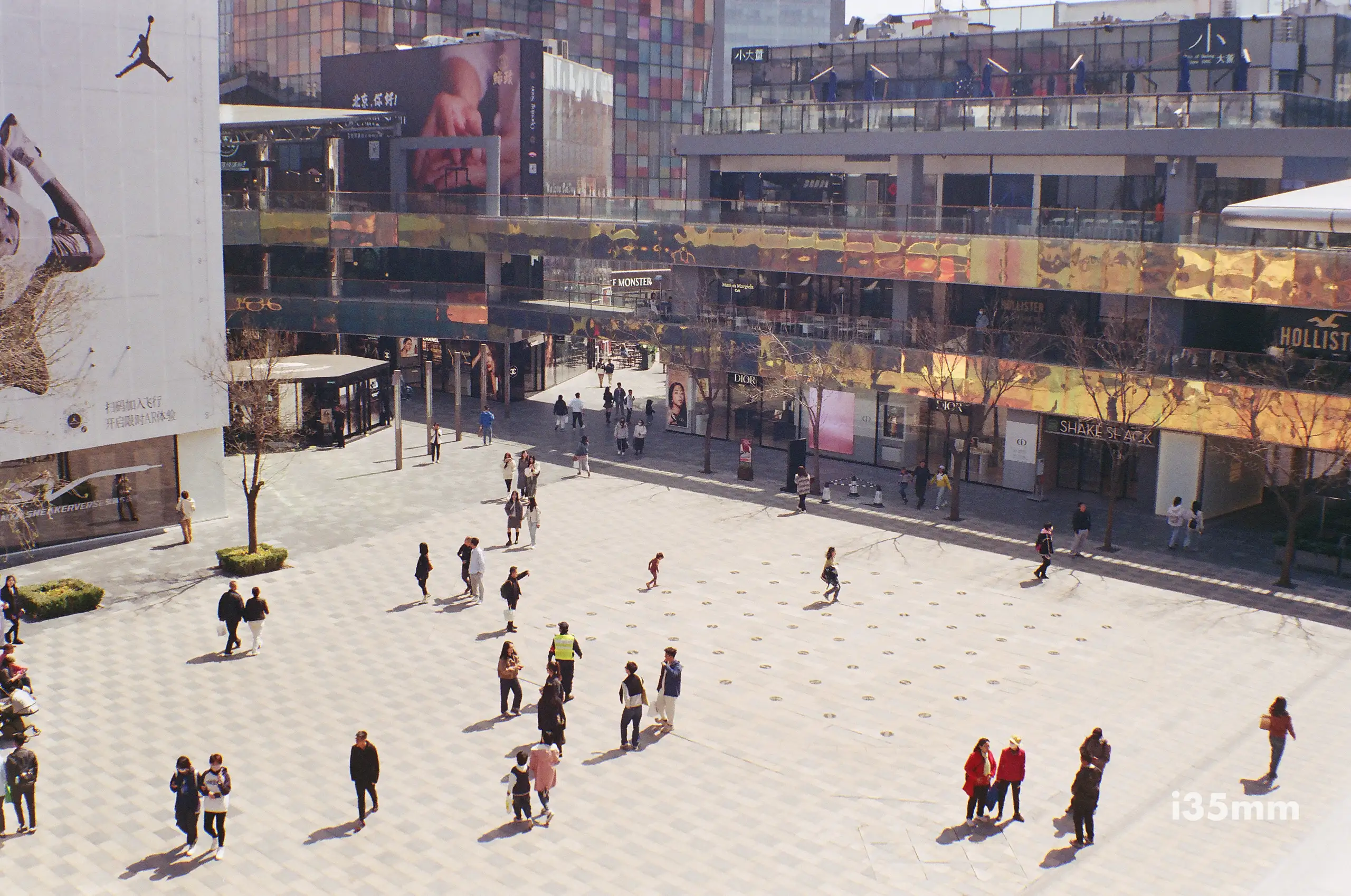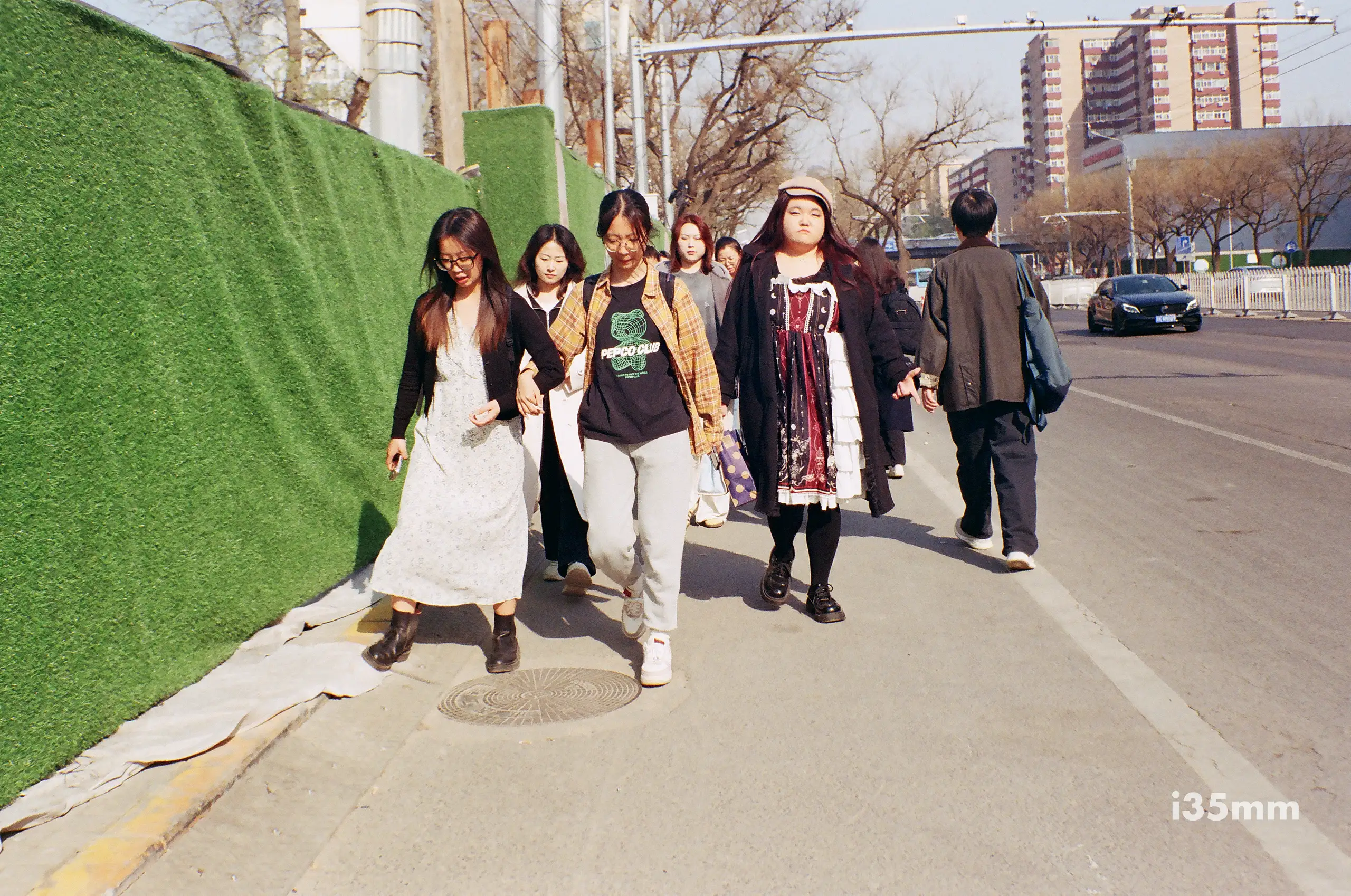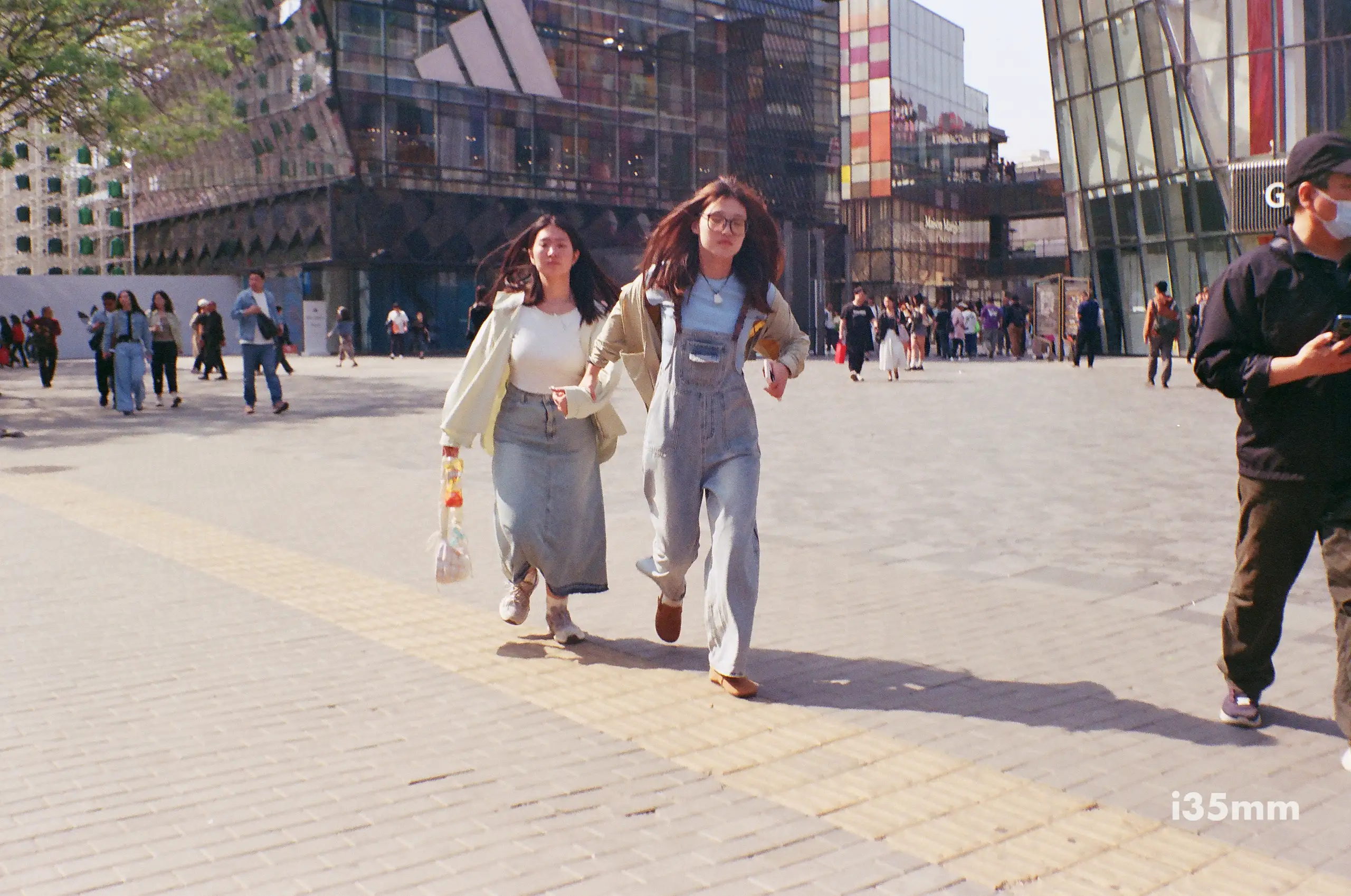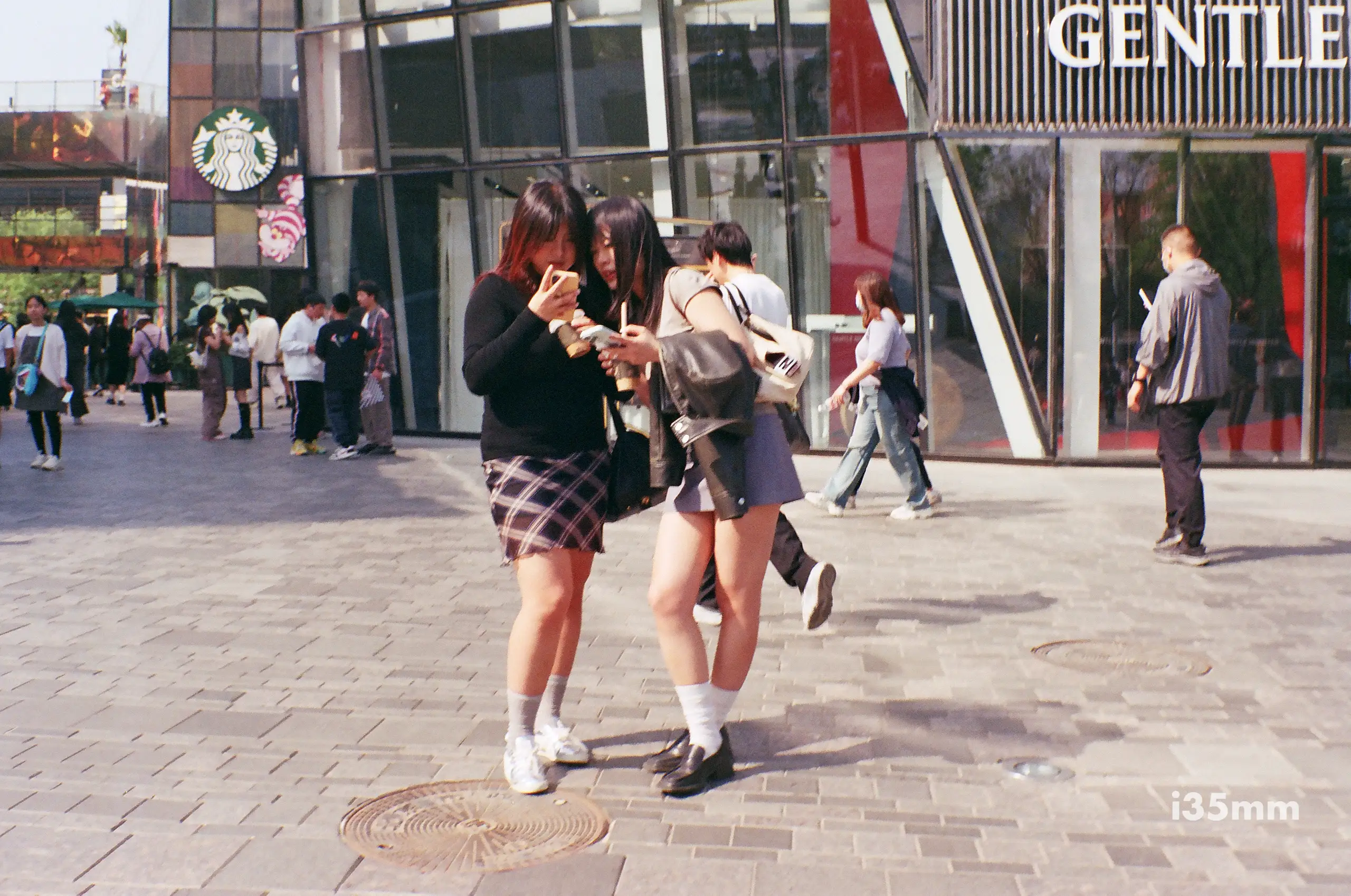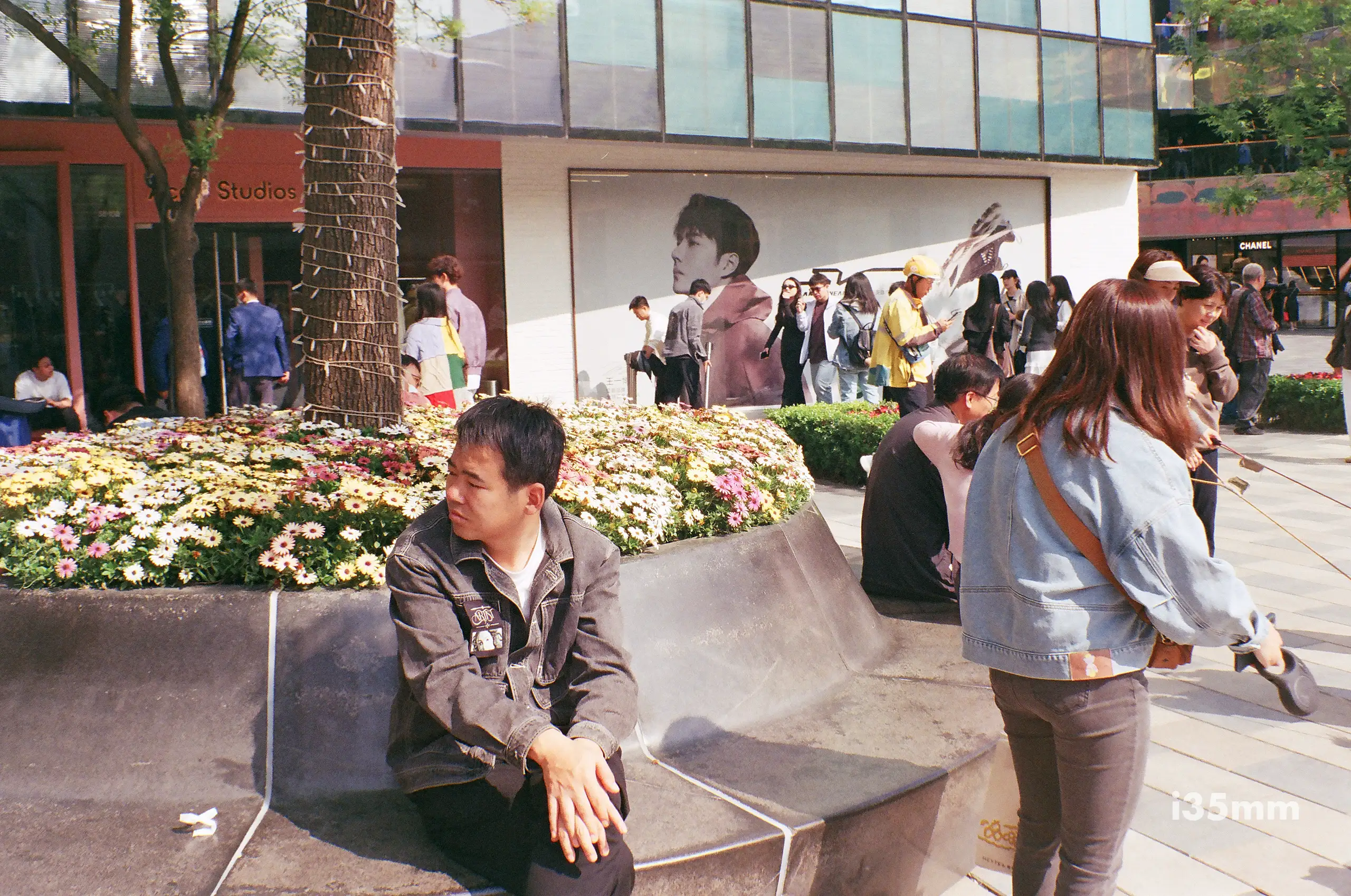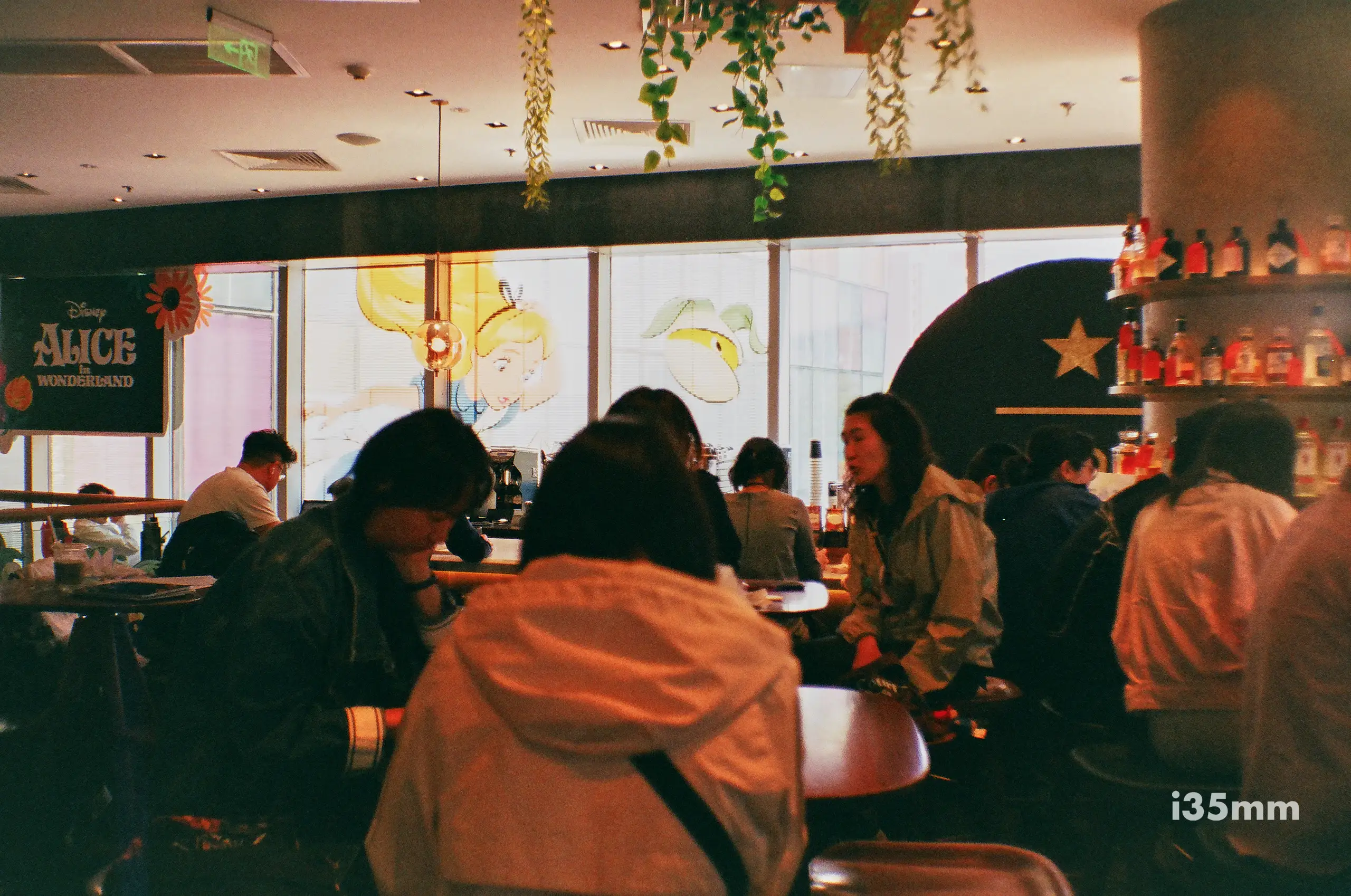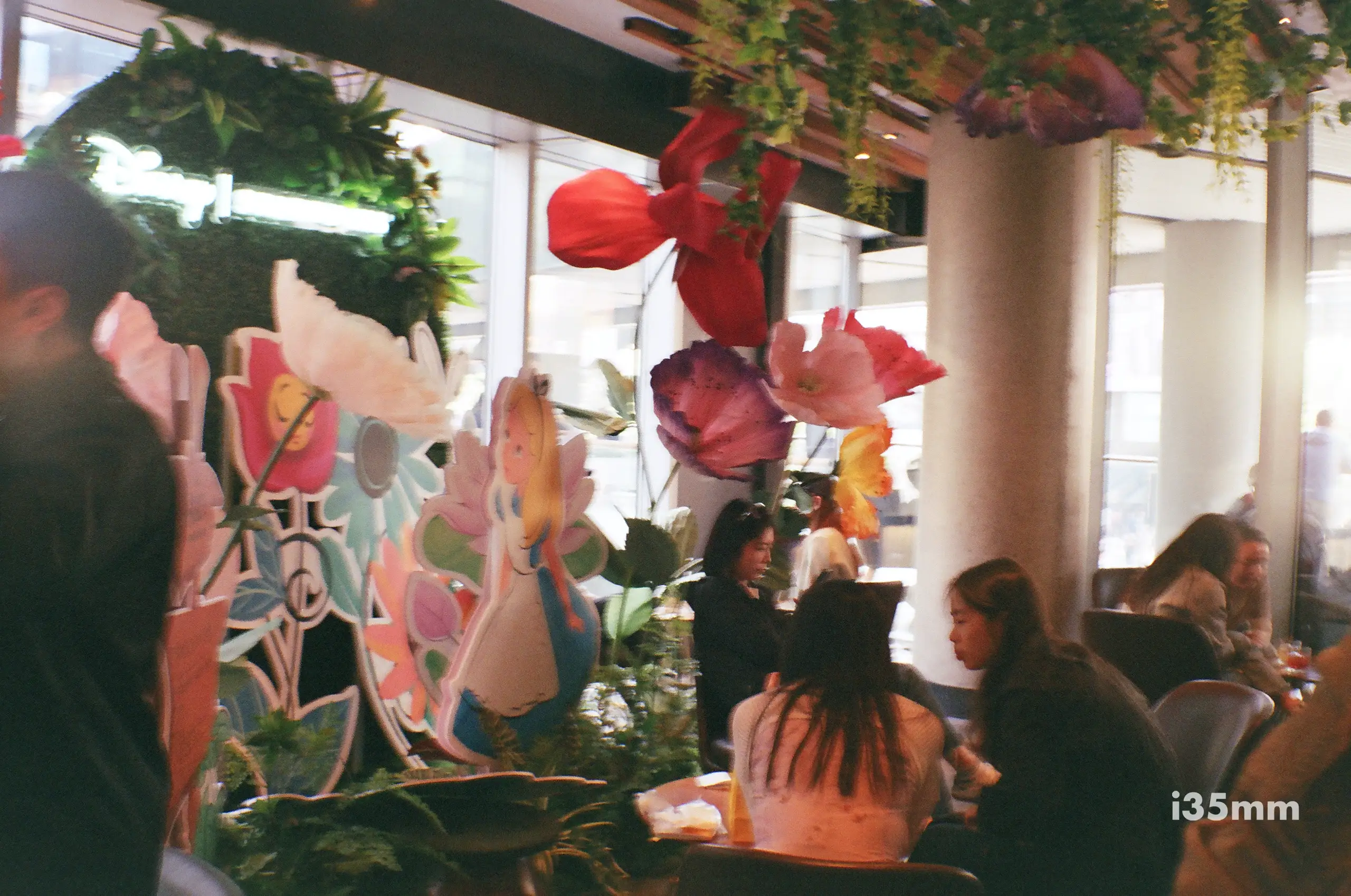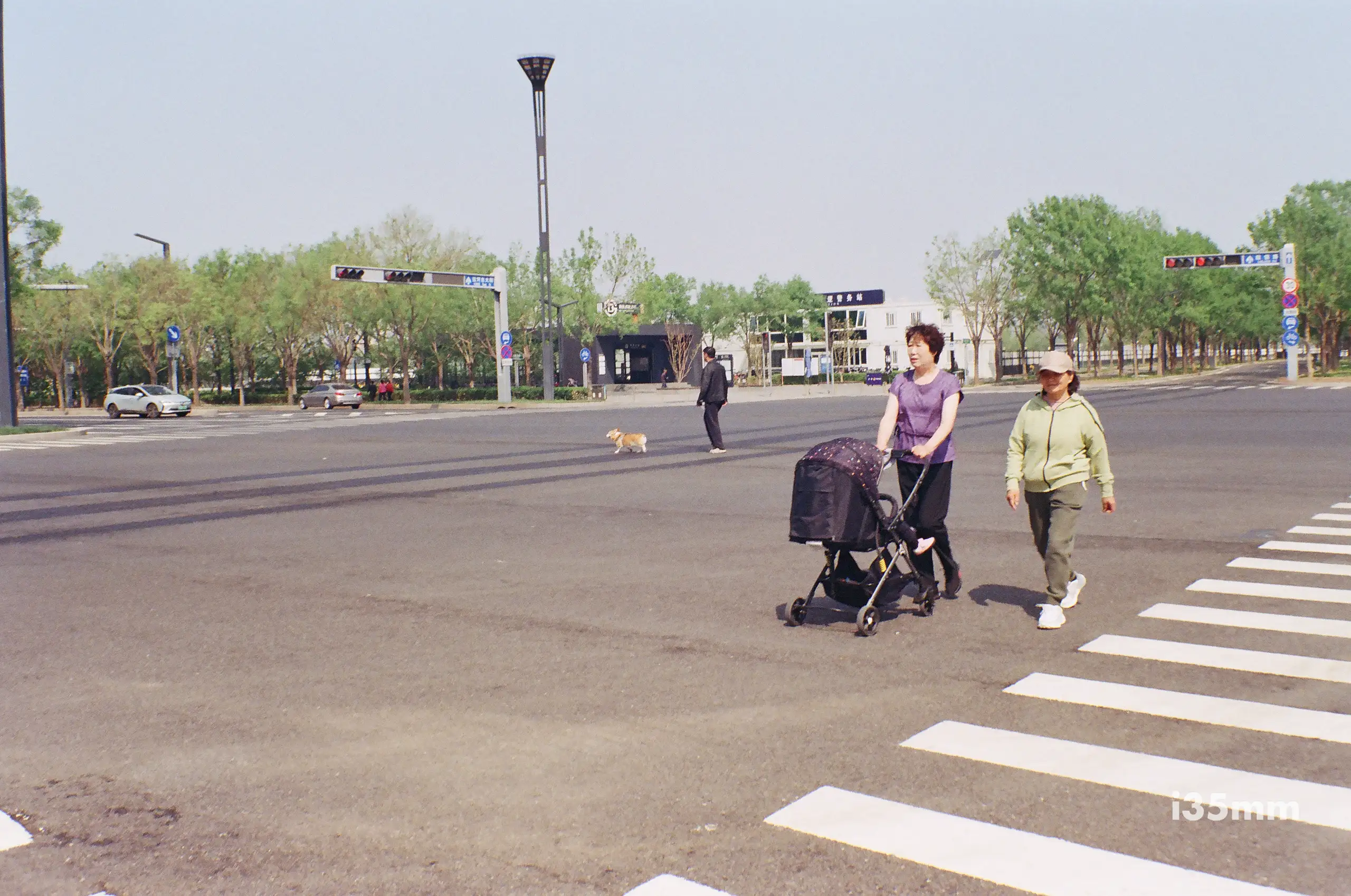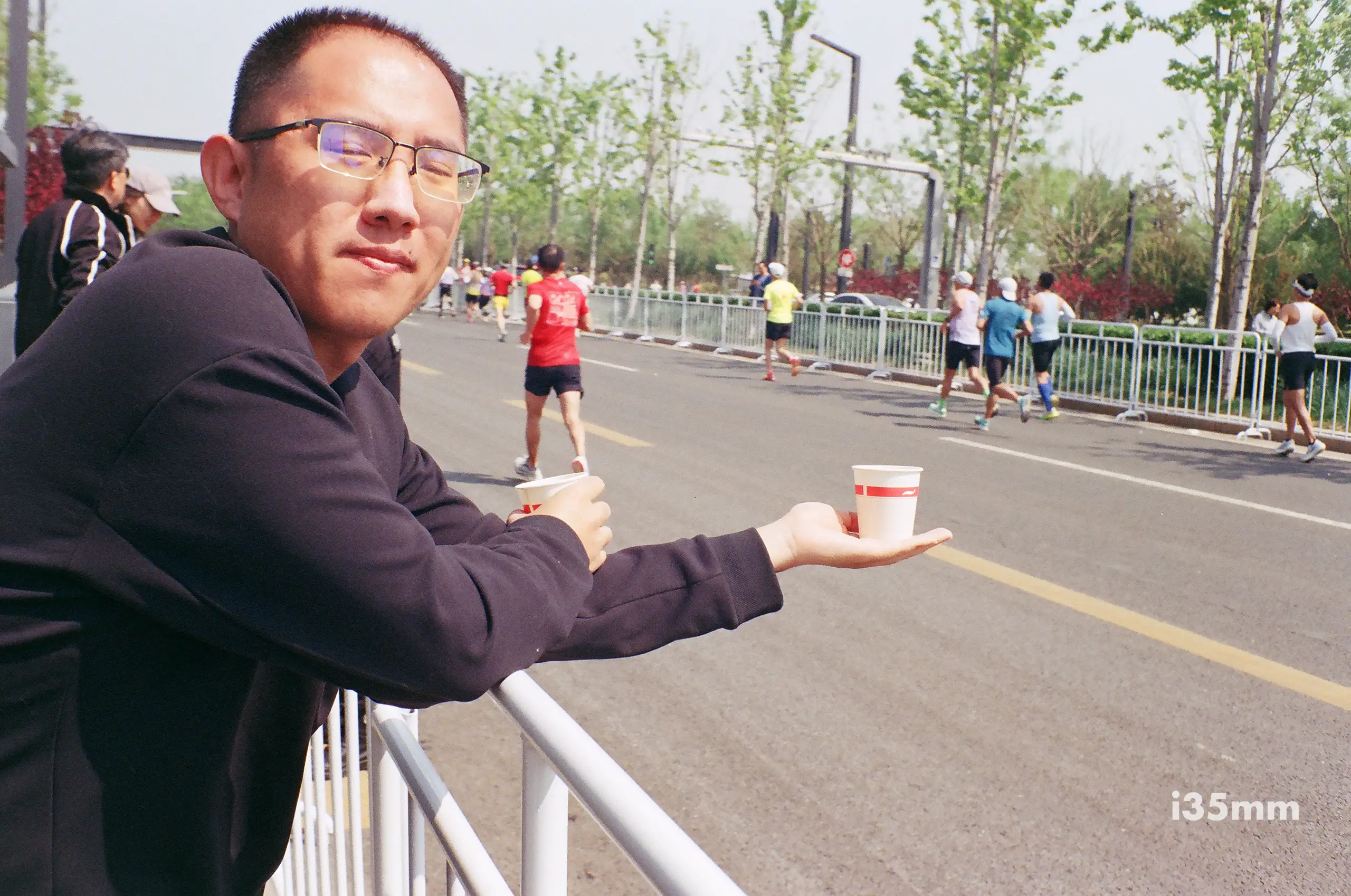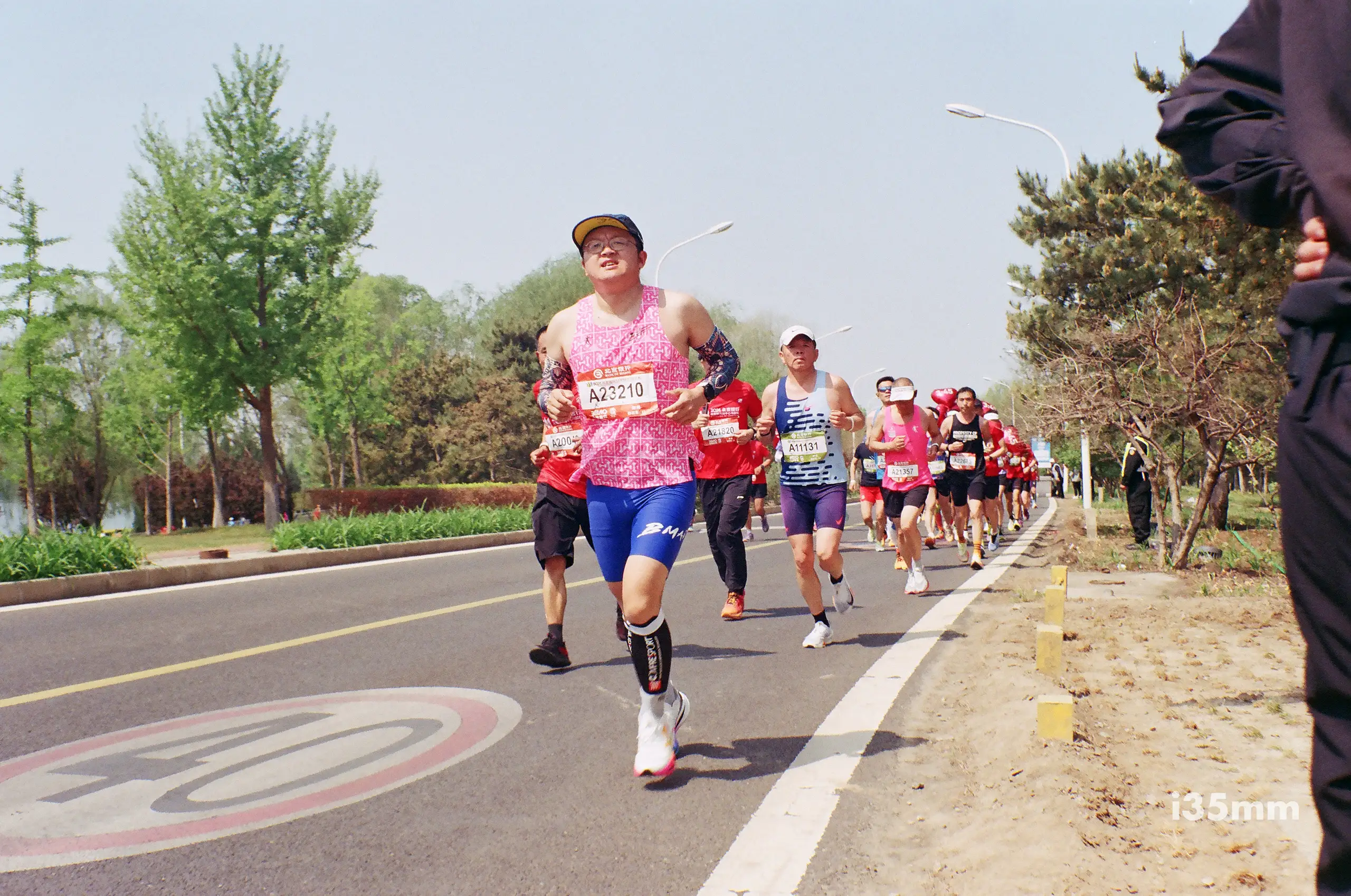
1. Introduction: When “Point-and-Shoot” Meets “Point-and-Giggle”
Let’s get real: the Minox GT-E is the Tamagotchi of film cameras. It’s tiny, it’s plastic, and it’s so delightfully German, you’ll half-expect it to lecture you about efficiency while brewing espresso. Released in the ’90s as Minox’s swan song, this pocket rocket proves that good things do come in small packages—especially if those packages say “Made in Germany” in Comic Sans.
Is it perfect? No.
Is it the most charming way to burn through Kodak Gold? Abso-freaking-lutely.
2. Design: “Plastic? More Like Passionate”
Specs:
- Weight: 185g (or “lighter than your last Tinder date’s personality”).
- Materials: Space-age plastic that somehow feels warmer than a hug from your grandma.
- Aesthetic: A soap bar with a lens. A calculator that takes photos. A vibe.
The GT-E’s secret weapon? Ergonomics that’ll make you weep. The grip molds to your hand like it’s been waiting decades to meet you. It’s the only plastic camera that won’t make you mutter, “Should’ve bought a Leica.”
Pro Tip: If your camera doesn’t double as a stress ball, you’re overpaying.
3. Optical Performance: “Zeiss’s Cheeky Cousin”
Specs:
- Lens: MC Minoxar 35mm f/2.8 (the “Little Engine That Could”).
- Coatings: Multi-coated like a Tesla Cybertruck, with a built-in skylight filter because Germans plan ahead.
- Special Sauce: Aperture priority mode that’s smoother than a Berlin techno beat.
Sharpness:
- Center: Crisper than a pretzel fresh out of the oven.
- Edges: Soft enough to make your photos look like they’re dreaming.
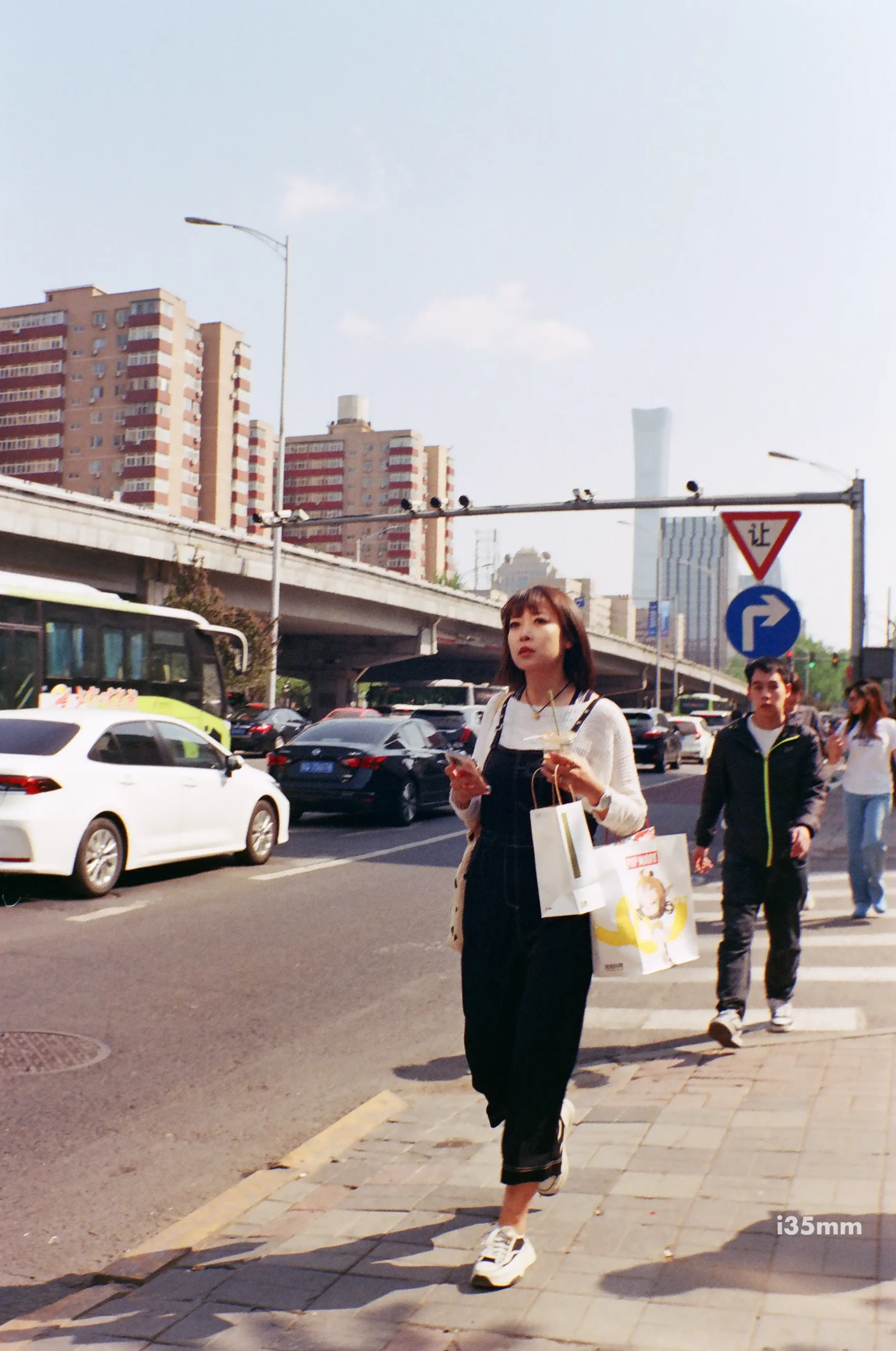
Bokeh:
At f/2.8, backgrounds melt into a watercolor haze that screams, “I’m artistic, but I also do taxes.”
Fun Fact: This lens resolves details like a nosy neighbor—subtle but thorough.
4. The “Anti-G.A.S.” Therapy
The GT-E is photographic methadone for gear addicts. Shoot one roll, and suddenly your eBay cart full of $3,000 Leica M6s feels… silly. Why? Because this plastic wonder delivers 90% of the joy for 1% of the price.
Side Effects May Include:
- Sudden disinterest in pixel-peeping.
- Urges to actually finish rolls of film.
- Grinning like a fool while holding a camera smaller than your phone.
5. Real-World Use: “The Invisible Photographer”
- Street Photography: Silent shutter? Check. Discreet size? Check. Ability to disappear into a crowd like a ninja in a tracksuit? Double check.
- Late-Night Reading Buddy: Use the viewfinder as a makeshift mirror to check for popcorn in your teeth.
- Emotional Support Camera: Fits in your pocket, warms your hand, and never judges your life choices.
Pro Tip: Shoot a roll of Cinestill 800T at dusk. The GT-E’s color science will make gas stations look like Kubrick sets.
6. Quirks & Quibbles: “Charm Offensive”
Pros:
- Portability: Fits in a jeans pocket, a fanny pack, or a squirrel’s cheek.
- Aperture Priority: Lets you focus on seeing instead of fiddling.
- Built-In Filter: Because UV filters are for peasants.
Cons:
- Plastic Fantastic: Feels like it’ll outlive you, but still triggers existential dread in Leica snobs.
- No Manual Focus: But let’s be real—you’re here to shoot, not to play surgeon.
7. The “Leica Heaven” Clause
Minox knew what they were doing. The GT-E’s lens is so good, it comes with an unspoken promise: “When I die, Leica will adopt me.” Until then, it’s content being the underdog that punches up.
Fun Fact: The “Germany” engraving on the lens isn’t a label—it’s a threat to lesser cameras.
8. Final Verdict: “The Cure for Consumerism”
The Minox GT-E isn’t a camera. It’s a philosophy. It’s for photographers who’d rather make images than buy gear, who think joy shouldn’t require a second mortgage, and who believe the best camera is the one that’s always in your pocket.
Buy it if:
- You want Leica vibes without the Leica debt.
- You’re tired of cameras that weigh more than your childhood trauma.
- You enjoy confusing Instagram influencers with “What’s THAT?”
Skip it if:
- You need EXIF data to validate your existence.
- Your hands are bigger than a toddler’s.
Rating: 5/5 stars (minus 0 for anything, because nostalgia).
Now go forth and shoot. Or just cradle it like a baby hedgehog. We don’t care. 📸✨
